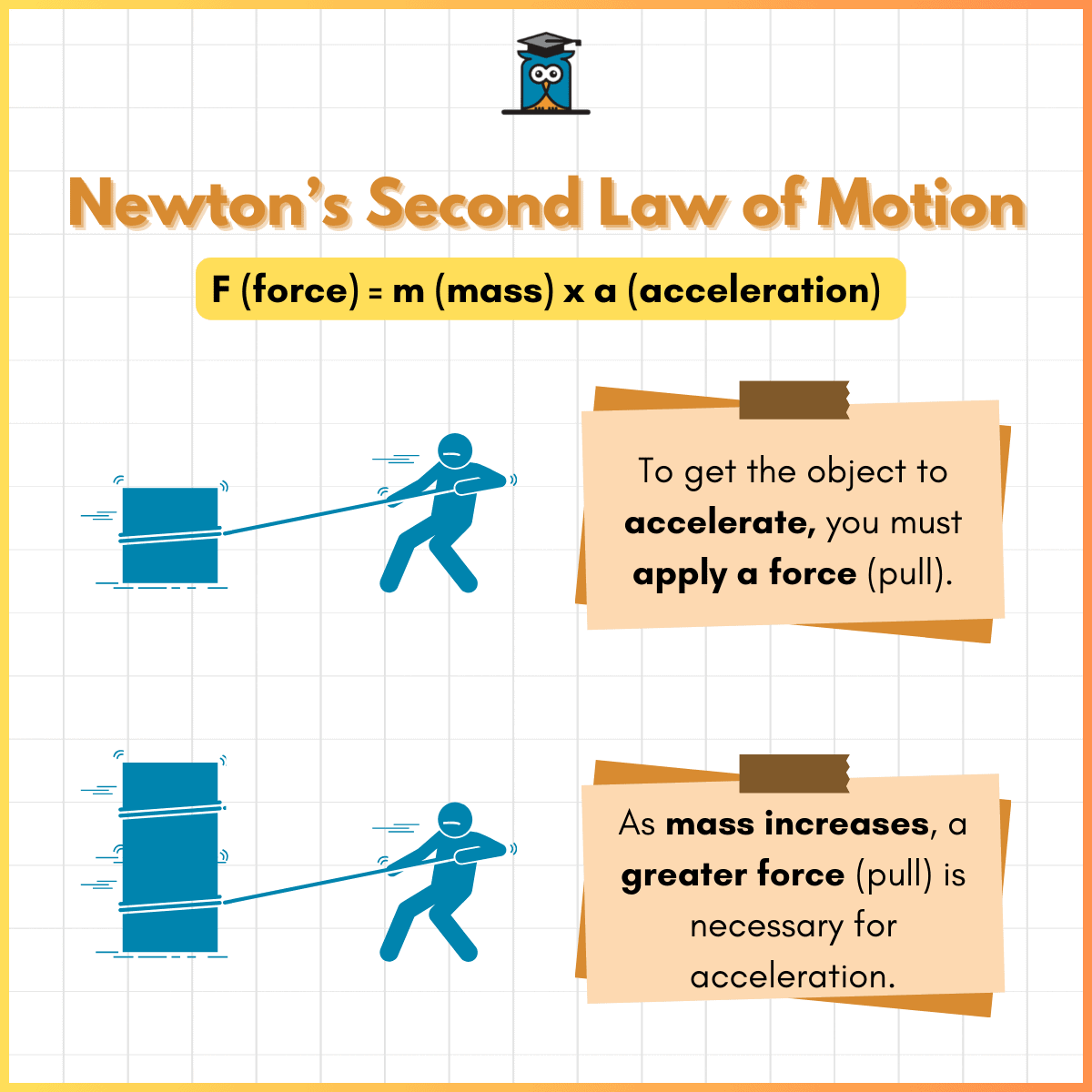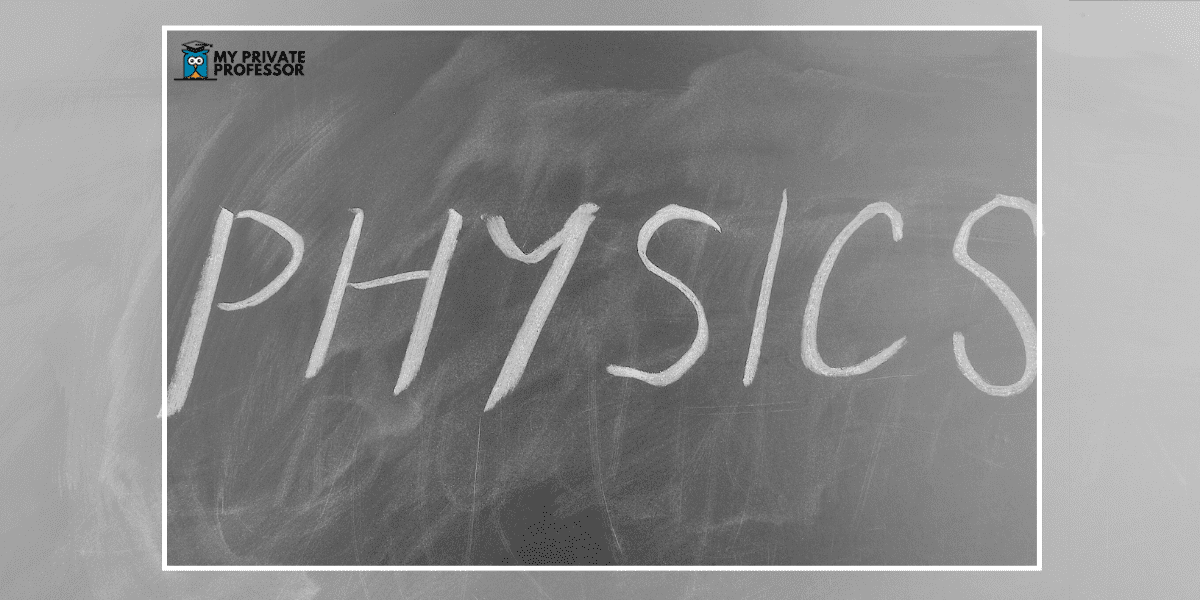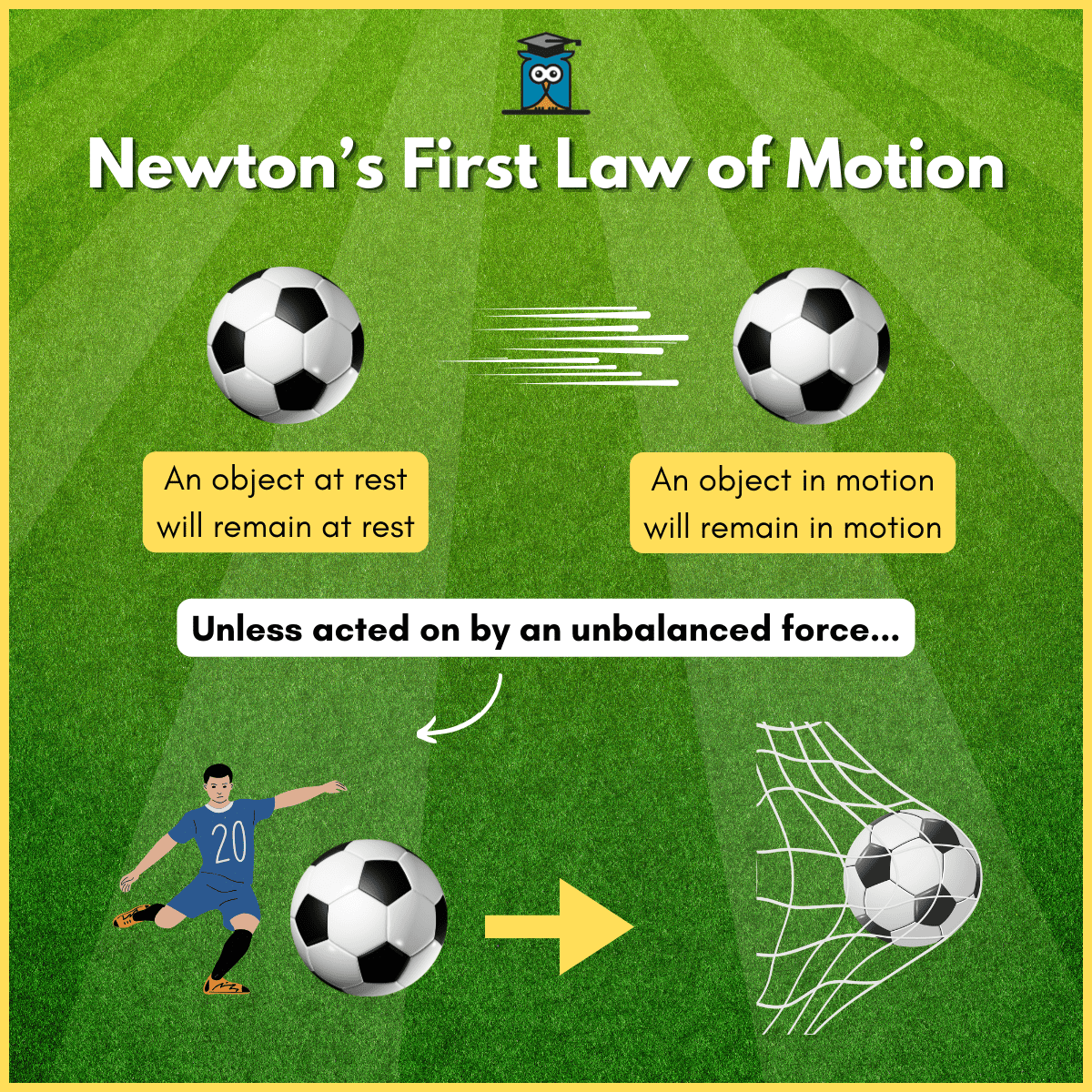Sometimes when you’re working with a ton of information, the best thing to do is compile all of the information in one space.
Take physics, for instance, which requires dealing with a lot of concepts, definitions, and equations. By having a guide that you can look back on whenever you need to remember something, you can save yourself time and stress.
So here’s our basic physics guide for beginners. Use it well!
What is physics?
In a few words, physics is the study of how the universe works. It’s officially a “natural science,” and primarily focuses on matter (anything that contains volume and mass) and its motion through space and time.
Models, theories, and laws
Physicists use models, theories, and laws to better understand data they’ve collected. And these models, theories, and laws help us reach new discoveries in physics. In turn, these discoveries can help develop new models, theories, and laws.
Models
In physics, a model is a simplified representation of a system or process that is too complex to fully study.
For instance, scientists might study models of atoms in order to analyze the structure, as actual atoms are incredibly small (too small for the human eye to see!).
Theories
A theory is more in-depth than a model. While a model is simplified, a theory is a comprehensive explanation of patterns in nature that have been supported and verified (multiple times) by scientific evidence.
One example of a theory in physics is the theory of mechanics, which, in a few words, aims to explain the motion of material objects.
Laws
A law, similarly to a theory, is the result of a tested hypothesis and has scientific evidence to support it. A law comprises succinct language to represent a pattern in nature that has been supported by evidence and repetitive experiments.
For example, Newton’s laws of motion (which we’ll dive into later) describe how an object’s motion relates to the forces around and on it.
Vectors and scalars
Vectors and scalars are both quantities, but there’s one key difference to consider. While scalars refer to quantities that have only magnitude (or numerical value), vector quantities have both magnitude and direction.
If you were to measure the width of your house, you only need one thing: the width of the house (magnitude: length). So this would be an example of a scalar quantity.
Contrastingly, if you were to measure the velocity (the distance an object covers in unit time) of your brother riding a bike in a south-west direction, you need two things. You need the magnitude of your brother’s velocity, and you need the direction. This would thus be an example of a vector quantity.
Laws of motion
Newton’s First Law of Motion
Newton’s first law of motion states that an object at rest remains at rest, and an object in motion stays in motion with the same speed, in the same direction, unless acted upon by an unbalanced force.
What this is basically saying is that objects will continue doing what they’re doing (unless acted upon by an unbalanced force). So, in order for an object to change its state of motion, there must be a cause—this is that unbalanced force. For example, if you’re playing tug-of-war, imagine one side of the rope has five very strong kids, and the other side has two very strong kids, two kids with average strength, and one weak kid.
In this scenario, it’s pretty likely that the tug will be unbalanced, going towards the side with more strength.
Newton’s Second Law of Motion
Newton’s second law of motion states that the acceleration of an object depends on both the net force acting upon the object and the mass of the object. In equation form, this law states that a force is equal to the change in momentum per change in time (force equals mass times acceleration). 
This law is basically describing the changes that a force can cause on an object’s motion. It’s saying that the object’s momentum is equal to the product of its mass and velocity (the distance an object covers in a certain unit of time).
So what exactly is momentum? Momentum is simply the quantity that describes an object’s mass and velocity.
If you look at the equation, f = ma, you can see that acceleration is inversely proportional to mass, and directly proportional to force (force and mass are the two things that determine acceleration). So, by knowing this, you can understand that as mass increases, acceleration decreases, and as force increases, acceleration increases.
Newton’s Third Law of Motion
Finally, Newton’s third law of motion states that when one object exerts force on another object, the second object exerts an equal and opposite force on the first object. In this case, “opposite” refers to direction.
So for example, if you lie down on your bed, you (object 1) exert a downward force on your bed; meanwhile, your bed (object 2) exerts an upward force on your body.
Ultimately, this law is illustrating the fact that for every interaction (force exerted), there is an equal and opposite reaction.
Thermodynamics
Thermodynamics is a branch of physics that focuses on the study of energy and work (the transfer of energy to and from objects) in a system (a collection of identifiable objects).
The zeroth law of thermodynamics
The zeroth law of thermodynamics states that when two objects are each, separately, in thermodynamic equilibrium with a third object, they are in equilibrium with each other.
So what does this actually mean?
First, we need to understand the concept of thermodynamic equilibrium.
Thermodynamic equilibrium is the condition in which two objects that are in physical contact with each other transfer no heat energy. And this happens when the two objects have the same temperature.
Basically, this law describes what happens when two objects are brought into contact with each other. At first, some property—i.e., the electrical conductivity of a wire, the pressure in a volume of gas, etc.—in both objects change. But eventually, the objects balance out and arrive at the same temperature.
It’s then that the objects are said to be in thermodynamic equilibrium.
So imagine you make a cup of tea and then set it on a table. At first the cup of tea is scalding hot, but over a short period of time, the tea adjusts to become the same temperature as the surrounding air.
The important thing to take away from this law is this: if and when two bodies have the same temperature, they don’t exchange any energy.
The first law of thermodynamics
The first law of thermodynamics states that because heat is a form of energy, the principle of conservation of energy applies to all thermodynamic processes.
What this means is that heat can’t be created or destroyed, but that it can be transferred from one object to another, and converted to and from different forms of energy.
The second law of thermodynamics
The second law of thermodynamics states that for any spontaneous process, the entropy of the universe increases.
A spontaneous process, in physics, is something that occurs in its natural state, without any evident external force. An example of a spontaneous process is a ball that rolls down a steep hill—this occurs naturally due to gravity.
Essentially, entropy is a measurement of how spread out matter and energy are in a particular place at a certain temperature.
So this law says when any of those spontaneous processes occur, entropy increases.
The third law of thermodynamics
The third law of thermodynamics states that as the temperature of a system approaches zero, the entropy of a system also approaches zero.
This means that that particular system doesn’t hold any heat and that all atoms and molecules in the system are at their lowest energy points.
Basic terminology
Matter – Any substance that holds mass and occupies space.
Scientific method – The process of acquiring knowledge through experimentation (involving making an observation, developing a hypothesis, making a prediction, conducting an experiment, and analyzing the results).
Mass (m) (kg) – A quantity of matter in an object.
Weight (w) (N) – A quantity of gravitational force on an object.
Density (ρ) (kg/𝑚3) – How tightly together material is packed (mass per unit of volume).
Volume (V) (𝑚3) – The amount of space any 3D object/substance occupies.
Motion
Displacement (s) (m) – Distance traveled during a given time.
Velocity – The distance an object covers in unit time (rate of displacement change).
Acceleration – The rate at which velocity changes over time (in speed and direction).
Pressure (p) (Pa) – Physical force exerted to an object (per unit area).
Collision – The event in which two or more objects come in direct contact with each other.
Friction (N) – The force that resists sliding or rolling of one object over another.
Force (f) (N) – An external agent that can change an object’s state of rest or motion.
Momentum (p) (Kgm/s) – Force as a result of an object’s velocity and mass.
Inertia (kg. m2) – A property of matter that resists changing its state of motion or rest.
Impulse (N/s) – A certain amount of force exerted for a certain amount of time that causes a change in momentum.
Work (J) – A force exerted on an object while the object is moving.
Power (J/s) – The rate at which work is done.
Speed (m/s) – The rate at which an object changes position in any direction.
Energy
Electrical energy – Energy generated by electrons moving from one point to another.
Electric field – The physical field that surrounds electrically-charged particles and exerts force upon all other charged particles in the field.
Magnetic field – The area surrounding a magnet, which is subject to magnetism.
Electromagnetic energy – Energy that travels in waves, created as the result of vibrations between an electric field and a magnetic field.
Potential energy – Energy that an object stores due to its position or state.
Gravitational energy – (potential) Energy stored in an object due to its position above earth.
Kinetic energy – Energy that an object has due to its motion.
Mechanical energy – The sum of potential and kinetic energy.
Thermal energy – Energy produced when a rise in temperature causes atoms and molecules to move faster.
Joule – A unit of work or energy.








